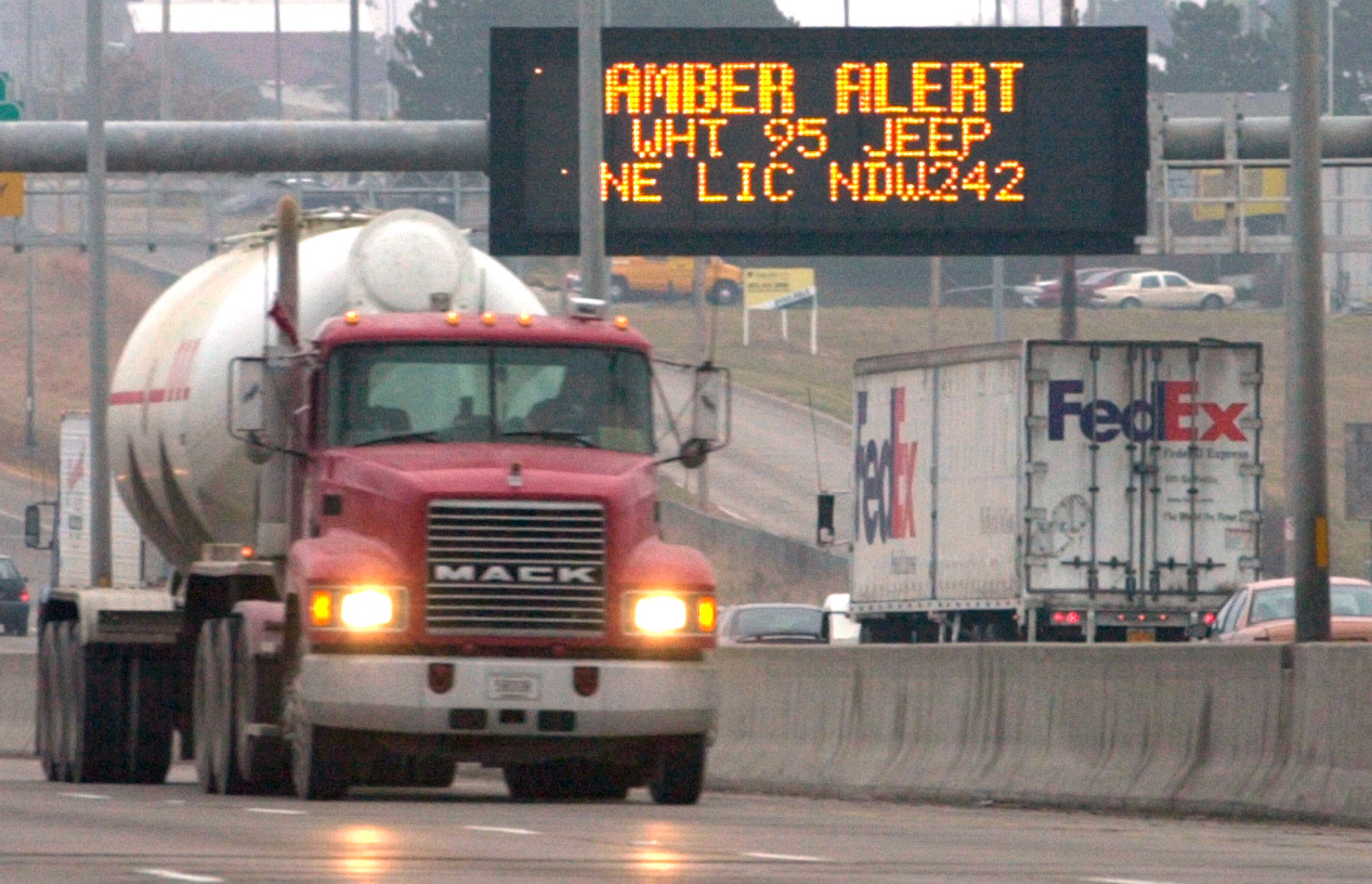A Wisconsin bill would expand the state’s missing persons alert system to include children who do not meet Amber Alert criteria.
The bill, which has bipartisan support, would expand the Silver Alert criteria to include missing persons under the age of 18. Those notifications would target situations where an Amber Alert does not apply, if the person is “believed to be incapable of returning home without assistance due to a physical or mental condition or disability or if the person is under 10,” according to an analysis by the Legislative Reference Bureau.
State Sen. LaTonya Johnson, D-Milwaukee, is the co-author of the bill, which was introduced this week.
Stay informed on the latest news
Sign up for WPR’s email newsletter.
The motivation behind it was the death of 5-year-old Prince McCree, whose body was found in a Milwaukee dumpster last year after the child was reported missing. Milwaukee Police asked the state to issue an Amber Alert in that case, but their request was denied. Two people who lived in the boy’s home were later charged with his beating death.
“Everybody automatically thinks that if their child comes up missing, they’ll get an Amber Alert and their child will be found,” Johnson said. “Nobody realizes that Amber Alerts are only for abducted children.”
Johnson said she wants more help to quickly find missing children. Last year, 78 kids under the age of 10 went missing in Wisconsin, she said.
“We know that for at least those 78 kids, an alert could have gone out to help make the finding of those kids a lot easier,” she said.
Johnson also said it was important to extend the alert system to those under the age of 18 who have a physical or mental condition or disability.
“That’s extremely important,” Johnson said. “Because we want to make sure that our most vulnerable are assisted with being able to return home safely.”
Sen. Jesse James, R-Altoona, is a co-author of the bill, which could have a hearing in the State Assembly next week. James said he wanted to see a change when he learned 10-year-old Lily Peters, who was killed in Chippewa Falls in 2022, also did not meet the criteria for an Amber Alert when she was reported missing.
“When it comes to our kids, we have a duty and obligation as adults to do whatever possible, whatever is necessary, to try and do the search and recovery …the information sharing part, and I think this is an opportunity where we can improve on that,” James said.
Three criteria have to be met in order for an Amber Alert to be issued in Wisconsin. The child must be 17 years of age or younger, and there also must be a “reasonable belief by law enforcement that the child was abducted and is in imminent danger of serious bodily injury or death and that if sufficient information is shared with the public, the alert will assist in finding the child,” according to the Legislative Reference Bureau.
When an Amber Alert is issued, it’s broadcast through Wireless Emergency Alerts, on television and radio, social media posts, Wisconsin Department of Transportation message boards, digital billboard displays, displays by Wisconsin Lottery retailers and broadcasts by news outlets across the state.
Amber Alerts must be requested by a law enforcement agency. If an Amber Alert is not issued, an endangered person alert could be issued, but those are not as widely distributed as an Amber Alert.
Since Wisconsin started its Amber Alert program in 2003, there have been 57 alerts issued, according to a May press release from the Wisconsin Department of Justice. The department said in over 50 percent of the cases, the broadcast itself “played a role in the recovery of the child(ren).”
Silver Alerts go out by email and text message through the Wisconsin Crime Alert Network to notify the public that an adult with Alzheimer’s, dementia, or other permanent cognitive impairment is missing, according to the Wisconsin Crime Alert Network.
Wisconsin Public Radio, © Copyright 2025, Board of Regents of the University of Wisconsin System and Wisconsin Educational Communications Board.




